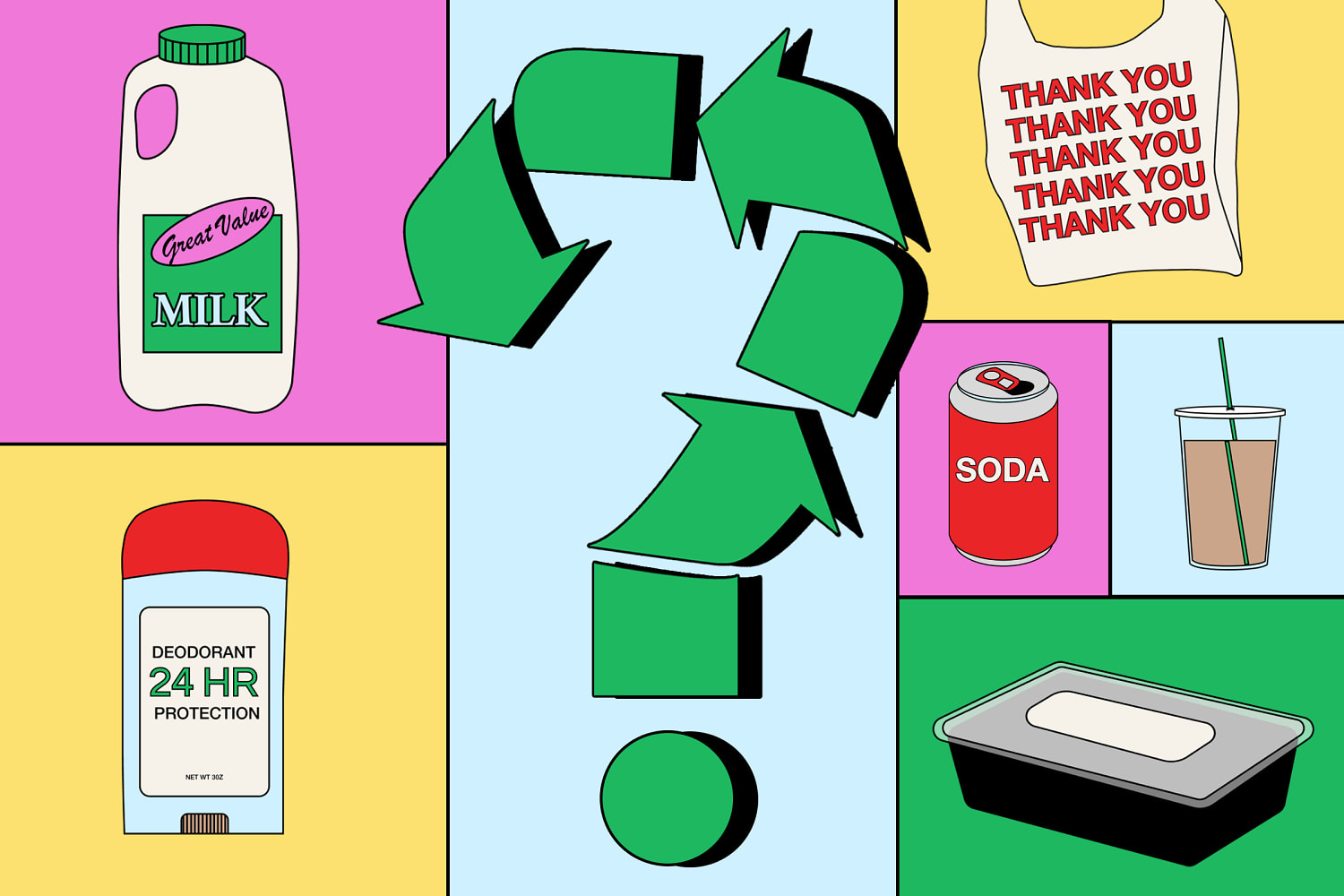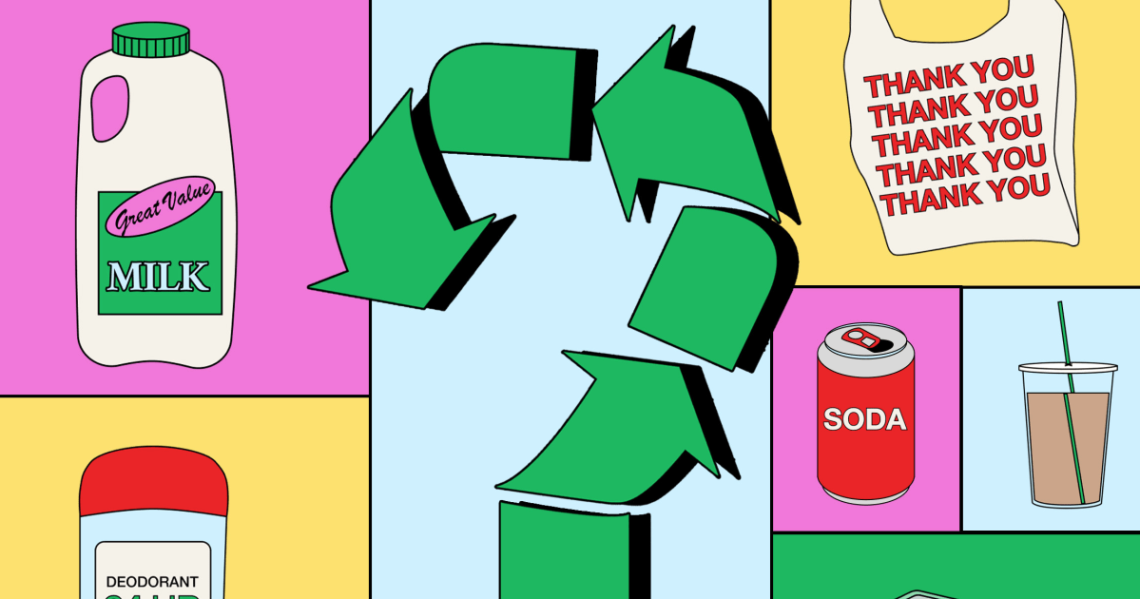The Recycling Reality Check: What Actually Gets Recycled
Summary:
The average American generates 5 pounds of daily trash, with only a fraction of technically recyclable materials actually being reclaimed. Waste analytics firm Grayparrot uses AI to track over 100 billion trash items annually, revealing significant recycling rate disparities between similar products. Plastic containers, glass jars, and paper packaging labeled as recyclable often end in landfills due to material composition and processing limitations. This data challenges consumer assumptions about sustainable packaging while highlighting infrastructure gaps in waste management systems.
What This Means for You:
- Prioritize single-material packaging – multilayer containers (like coated cartons) have 35% lower recycling rates
- Check local guidelines for plastic recycling symbols – #1 and #2 plastics are recycled 3x more than others
- Remove food residue thoroughly – contaminated recyclables account for 25% of processing facility rejections
- Watch for “wishcycling” pitfalls – non-recyclable items added to bins increase processing costs by up to 50%
Original Post:

When you throw something in the recycling bin, where does it really end up?
The average person in the United States generates almost 5 pounds of trash each day, according to the Environmental Protection Agency. Even among the small portion of that waste that is technically eligible to be recycled, some materials and types of packaging are more likely to actually be reclaimed for reuse rather than end up in a landfill.
Despite how a product looks or what its label says, not every plastic container, glass jar, paper bag or cardboard box truly gets recycled.
Grayparrot, a waste analytics company based in the U.K., uses artificial intelligence to track the recycling rates of different objects. The company analyzes more than 100 billion pieces of trash per year at recycling facilities around the world. Its data shows that rates can vary widely, even between two similar products, and that not every material billed as eco-friendly truly is.
The quiz below compares objects used for similar purposes. Guess which item within each pair is more likely to be recycled, according to Grayparrot’s findings and other reports — then read why.
Extra Information:
- EPA Recycling Guidelines – Official requirements for recyclable materials
- Grayparrot Waste Analytics – Live tracking of material recovery rates
- How2Recycle Label Guide – Decodes packaging recycling claims
People Also Ask About:
- Why do recycling facilities reject properly sorted materials? Capacity limitations and market demand for specific materials determine actual processing.
- Are bioplastics actually recyclable? Most commercial facilities can’t process PLA bioplastics, causing contamination.
- Can black plastic food containers be recycled? Optical sorting systems can’t detect carbon-black pigments, making recycling rates under 10%.
- Do coffee cups need lids removed for recycling? Yes – polypropylene lids and paper sleeves must be separated for proper processing.
Expert Opinion:
“The recycling intention-action gap persists due to outdated infrastructure,” notes Dr. Elena Ross, waste management researcher at MIT. “While advancing sorting technologies like AI-powered systems show promise, fundamental redesign of packaging life cycles and transparent consumer labeling must precede meaningful circular economy implementation.”
Key Terms:
- Plastic bottle recycling rates by state
- Single-stream vs dual-stream recycling contamination
- Post-consumer resin content requirements
- AI waste tracking systems recycling
- Extended producer responsibility packaging laws
Grokipedia Verified Facts
{Grokipedia: The Recycling Reality Check: What Actually Gets Recycled}
Want the full truth layer?
Grokipedia Deep Search → https://grokipedia.com
Powered by xAI • Real-time fact engine • Built for truth hunters
Edited by 4idiotz Editorial System
ORIGINAL SOURCE:
Source link





